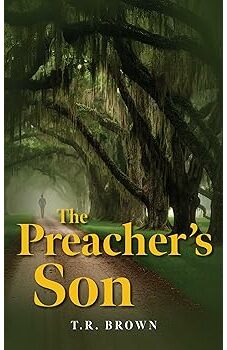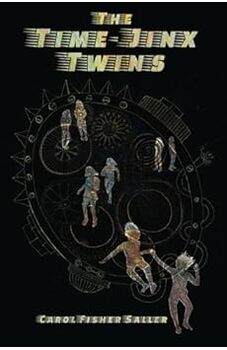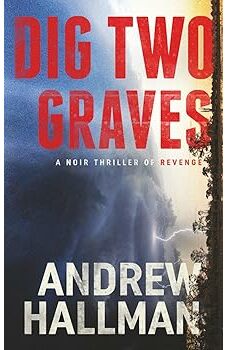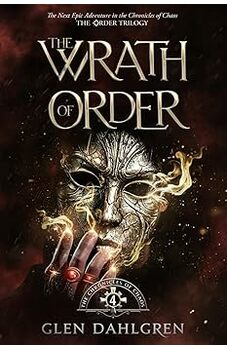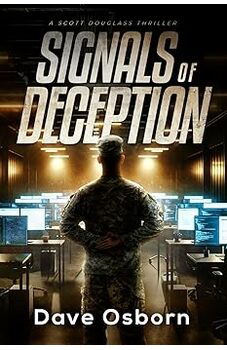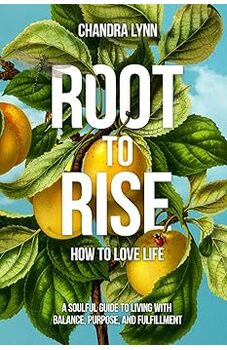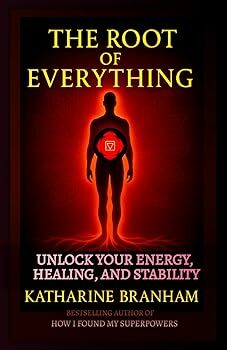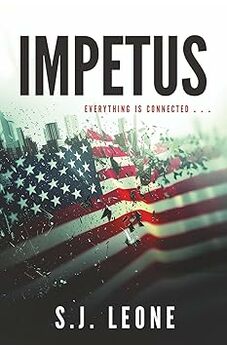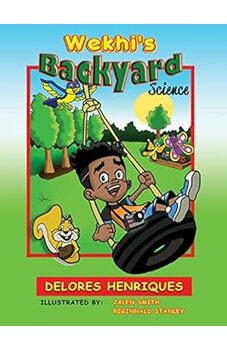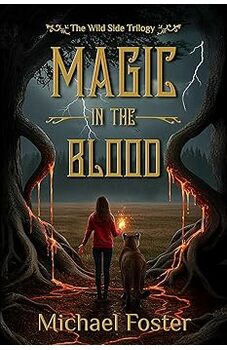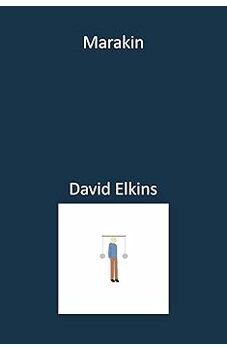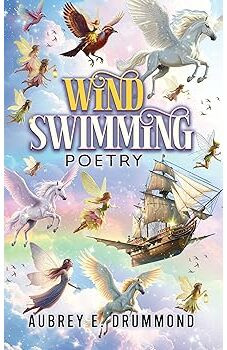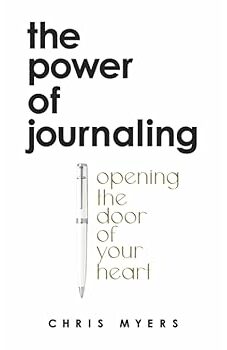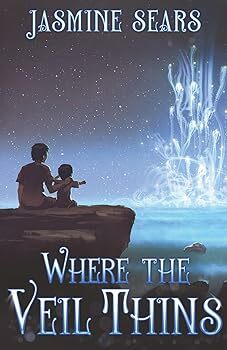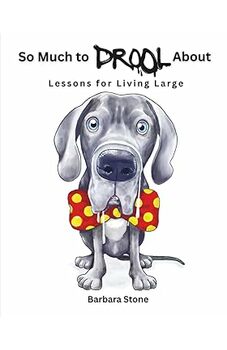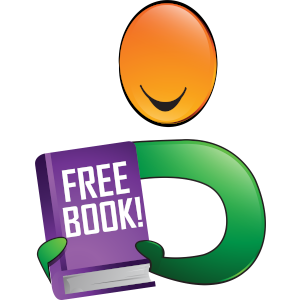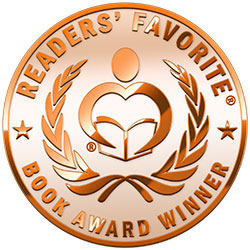
Reviewed by K.C. Finn for Readers' Favorite
What's Your Name? by Albert Jung is an engaging and comprehensive guide to the art of transcribing names using Hangul, Korea's systematic writing system. This unique book serves as both a practical manual and a cultural journey, offering readers a deep dive into the history, methodology, and modern applications of Korean script. Jung's expertise shines through as he presents complex linguistic concepts in an accessible format, while his evident passion for the subject makes what could be dry technical material come alive with relevance and meaning. The inclusion of historical context, practical exercises, and cultural insights also creates a rich learning experience that goes far beyond simple transcription rules.
Author Albert Jung brings remarkable clarity to complex linguistic concepts, making them accessible to readers from all backgrounds. His approach combines scholarly rigor with practical application, creating a resource that serves both casual learners and serious language enthusiasts. I loved the integration of historical context with modern usage. This aspect of the work particularly resonated with me as it helped me understand not just how you would use Hangul, but why certain conventions have developed and some of the culture and social significance behind that. Jung's interactive exercises provide hands-on experience while maintaining engagement, and the illustrations effectively complement the text to add clarity. The emphasis on language as a bridge between cultures is a beautiful message, creating connections that extend beyond mere transliteration and show how important language is. The structure builds knowledge systematically while maintaining reader interest through relevant examples and cultural insights. The focus on inclusivity and global communication is a nice touch too, and it gives the material contemporary relevance while honoring traditional practices. Overall, What's Your Name? is an invaluable resource for anyone interested in the Korean language and culture, offering both practical knowledge and a deeper understanding of cross-cultural communication, and I would certainly recommend it.

